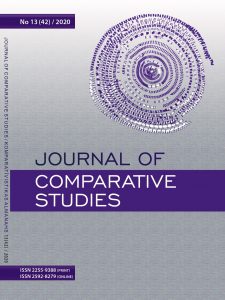Secularising Buddhism: An Ethnography of Roadside Buddhist Shrine Worshiping in the City of Colombo
Keywords:
urban religious beliefs and practices, roadside shrines, urbanisation, Sinhala Buddhism, secularism, ColomboAbstract
The construction of roadside shrine rooms in Colombo, Sri Lanka
has been a recent phenomenon, a trend which started after the 1970s.
These roadside shrines are constructed and maintained by Buddhists,
Catholics and Hindus and are a testimony to the increase of religious
influence on the everyday social lives of people. Against this back-
drop, an ethnographic research was conducted in 2009 and 2019
by the author aiming to explain why and how city folk construct
roadside shrines in Colombo and worship at these shrines, and also
to identify alternative and emerging religious practices. The paper
based on the ethnographic data collected in relation to the Buddhist
shrines suggests that roadside shrine worshipping has a lot of func-
tions for the everyday social life which is identified as secularising
Buddhism in the sense of Durkheimís definition. This paper is based
on a functionalist approach to discuss those urban religious practices
which play a very significant role in explaining how people in the
city negotiate their goals, the aspirations of their lives and the means
to achieve them. In general, most people visit these shrines to obtain
the blessings of the Buddhist pantheon and cosmology to minimize
vulnerabilities and get the maximum benefit from the liberal economic
trends and globalisation patterns. Moreover, these mini-shrines which
give easy and quick access to a people friendly religious place pay
more attention to this worldly life than that of considering other
worldly benefits, which seems to be the priority of the urban dwellers.

